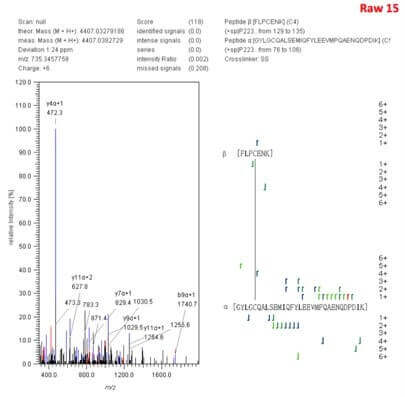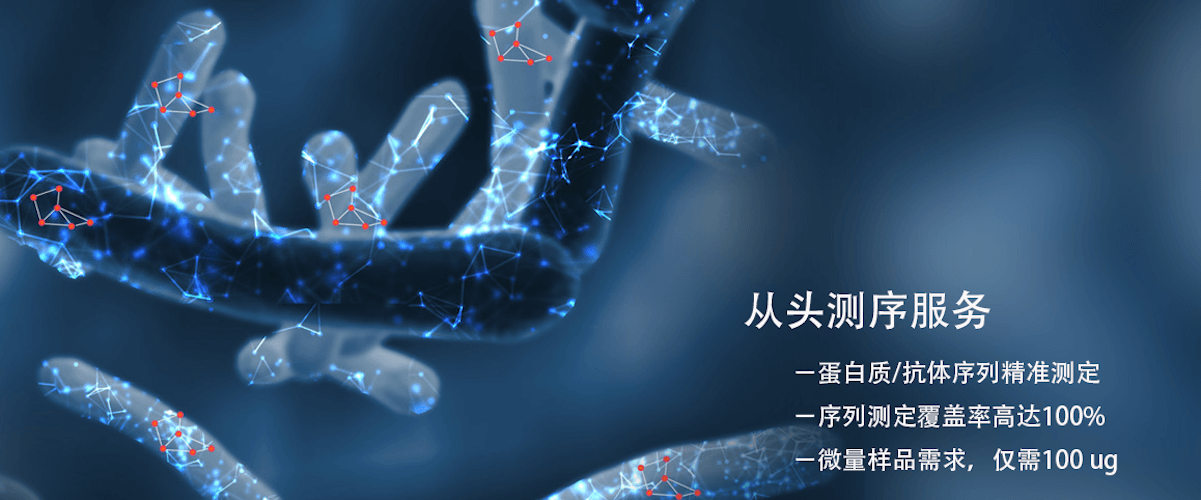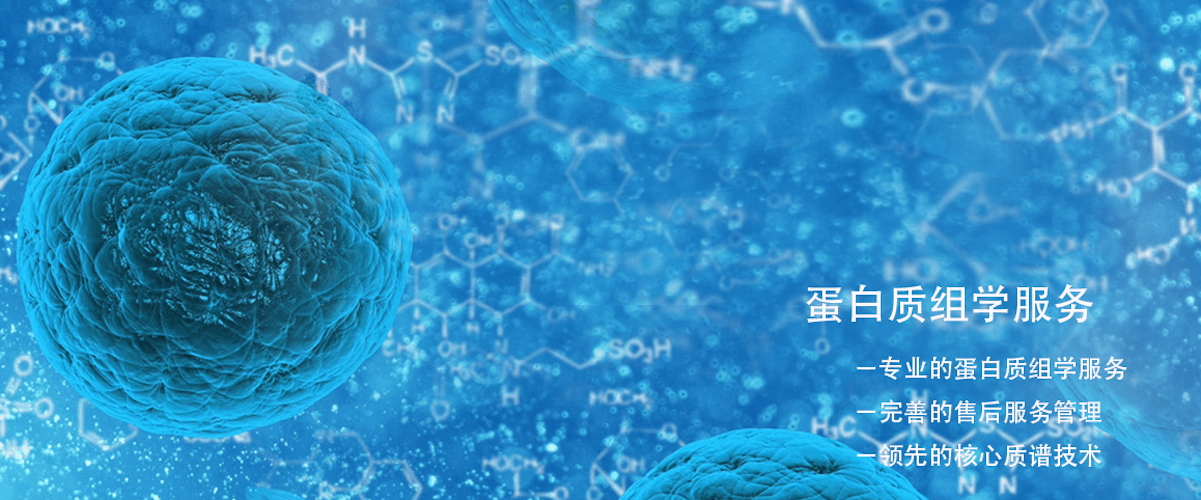Protein Disulfide Bond Identification and Quantitative Analysis
BTP-Protein Disulfide Bond Identification and Quantitative Analysis
Protein identification and structural-functional analysis are essential components of modern biological research, with mass spectrometry becoming a crucial supporting technology in this area. Many proteins located on the cell surface or secreted extracellularly contain disulfide bonds, such as antibodies produced by the immune system, various growth factors, peptide hormones like insulin produced by the endocrine system, and the receptors for these growth factors or hormones. Accurate disulfide bond pairing is vital for the stability and activity of these proteins. Given that many protein products and biopharmaceutical target proteins possess these attributes, precise analysis of disulfide bond states is of significant value for structural-functional research and the development and quality control of related products.Biotools Co., Ltd. utilizes Thermo Fisher's Q Exactive HF mass spectrometry platform, Orbitrap Fusion mass spectrometry platform, and Orbitrap Fusion Lumos mass spectrometry platform combined with Nano-LC to offer a protein disulfide bond analysis solution. Simply inform us of your experimental objectives and send your samples to us. We will handle all subsequent project matters and provide information on the disulfide bond sites of the protein.
Biotools Co., Ltd. has developed a protein disulfide bond analysis solution at both individual protein and proteomic levels, based on an article published in Nature Methods titled 'Mapping Native Disulfide Bonds at a Proteome Scale' and combined with its own experimental experience. This includes overcoming in vitro disulfide bond exchange, maintaining the native structure in sample preparation, effective mass spectrometry analysis methods for disulfide-bonded peptides, and the accompanying disulfide bond identification software pLink-SS.

Disulfide Bond Identification Research Route
BTP-Protein Disulfide Bond Identification and Quantitative Analysis Research Case
This project involved the disulfide bond identification by a university professor, with some results shown in the figure below:
Disulfide Bond Identification Research Case
BTP-Protein Disulfide Bond Identification and Quantitative Analysis Sample Requirements
1. If providing tissue samples, please send them with dry ice; plant tissue samples should be at least 200mg, blood samples at least 1ml (with EDTA anticoagulant for plasma), serum 0.2-0.5ml, urine 2ml, animal tissue samples at least 1g, cell samples at 1X10^7 cells, yeast, microorganisms, etc., dry weight 200mg.2. If providing protein samples, please ensure a total protein amount of over 100ug; ordinary tissue or cell lysis buffer can be used for protein extraction.
3. Sample Transport: Please use sufficient dry ice for transport and choose the fastest possible delivery method to minimize the possibility of sample degradation during transit.
Bilingual Project Report (Chinese/English)
In the technical report, Biotools will provide you with a detailed bilingual report in both Chinese and English, including:1. Experimental Steps (Chinese/English)
2. Relevant Mass Spectrometry Parameters (Chinese/English)
3. Detailed Information on Identified Protein Disulfide Bonds
4. Mass Spectrometry Images
5. Raw Data
BTP-Protein Disulfide Bond Identification and Quantitative Analysis One-Stop Service
You only need to place an order and send the samples Biotools One-Stop ServiceCompletion: Sample Processing - Instrument Analysis - Data Analysis - Project ReportRelated Services
Biopharmaceutical Disulfide Bond/Free Cysteine Detection
Protein Structure Identification
Determination of Primary Protein Structure
Protein Mass Spectrometry Identification
Post-Translational Modification Proteomics Analysis
Submit Inquiry
Name *
Email Address *
Phone Number
Inquiry Project
Project Description*
How to order?





